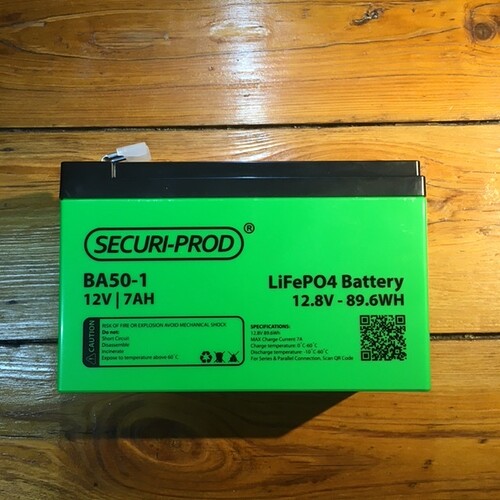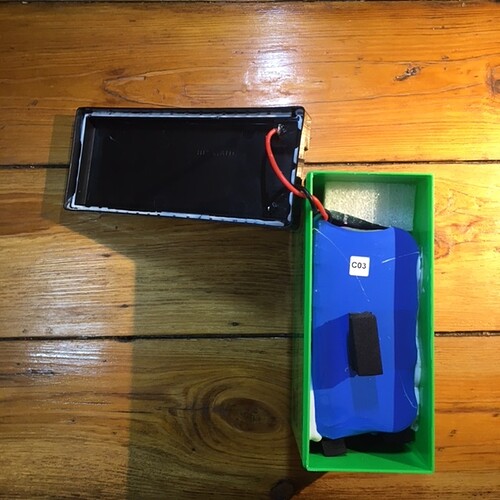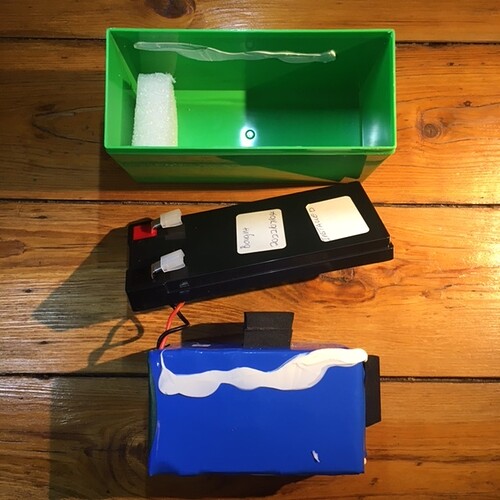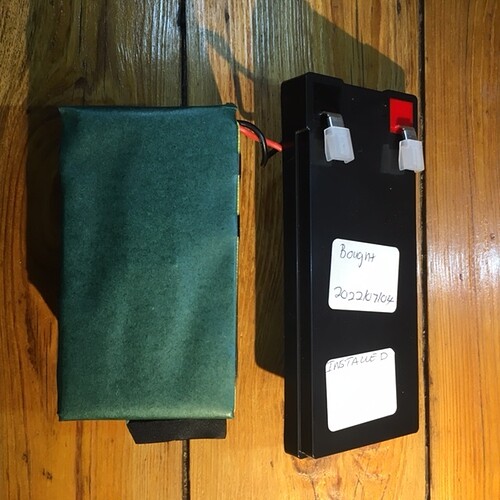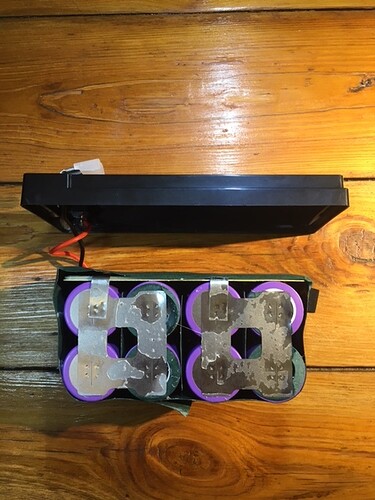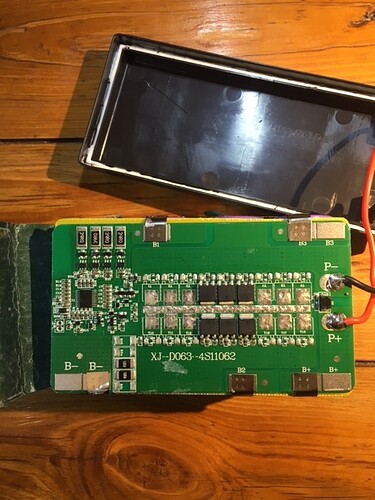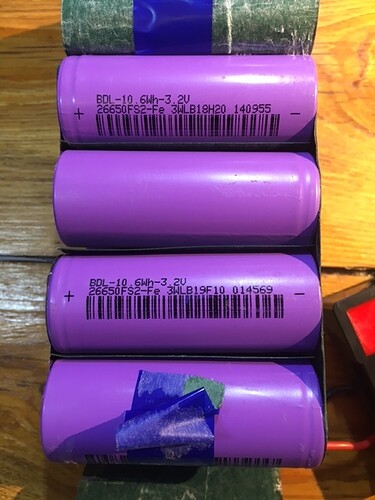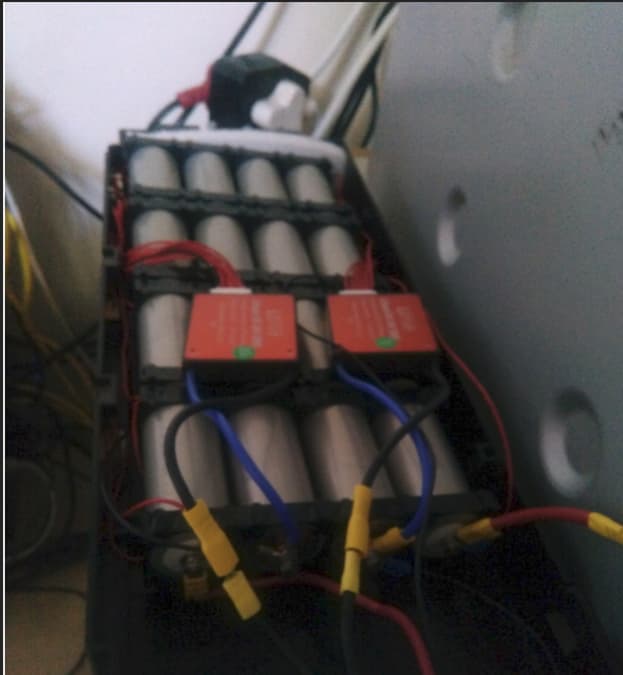TL;DR: after about 2 years at a float voltage of 13.54V a Bluenova 8Ah LiFePO4 battery appears to have a capacity of around 6.9Ah. My “testing” methodology leaves much to be desired though. (sample n=1)
Not meant to fuel any brand war:
Had bit of a look at a Bluenova 8Ah that has been doing service in my home alarm.
Caveats:
- check my forum nick
- while checking voltage across the balance leads I shorted two pairs of cells momentarily (short enough to not cause fireworks but long enough to start melting the insulation on the leads). Pro tip: Don’t do this…
- I did NOT do any form of capacity check when receiving the battery.
- check my forum nick
Battery received March 2020 at a voltage of 13.19V
Between March and August 2020 the battery was charged to 14.4V, discharged to an assumed half capacity, and again charged to 14.4V.
August 2020 it was connected to the alarm.
By my measurements the alarm charges to 13.54V (should be limited to about 700mA but I am not 100% sure).
Since August 2020 the battery has been connected in the alarm but overall did not see too much discharge activity (at times the alarm was connected to a separate AC power source during load shedding). The battery did get to see actual use during the most recent round of load shedding which meant at times 3 x 2hour sessions in any 24 hour period. (this would mostly have been a fairly light 300mA power draw though).
Past week hooked the battery up straight out of the alarm (i.e. charged to 13.54V) to a 20W DC LED lamp, a way too big shunt and discharged the battery. (keeping in mind that between removing from the alarm and connecting the load, there was the momentary oopsie).
Shunt measured a consistent ~1A (while clamp meter and math both indicate ~1.5A). Managed close to 4.5 hours discharge before the BMS cut-off the output. So, I get to about 6.9Ah capacity.
To check capacity while charging did not go fully as planned since the charger went into storage mode which messed with time calculations etc. (likely operator error - check my forum nick). But about 6.9Ah went into the battery when all was said and done.
Did a second discharge which basically replicated the first discharge to again get to ~6.9Ah.
Rather than a smart charger I connected a DC power supply set to 14.4V and current limited to 1.5A. Shunt measured 1.43A (clamp meter showed ~1.53A). After about 4.5h battery reached 14.4V by which time about 6.98Ah headed the direction of the battery.
So, assuming an initial capacity around 8Ah, and other than the potential effect the momentary cell short might have had, this battery seems to give an indication of what capacity loss can be expected from a battery like this after spending nearly 2 years at float voltage (with fairly limited discharge events). I suspect this is the kind of use these 7Ah form factor “drop-in-replacement” batteries are intended for.
Some general observations:
On low voltage BMS cut-off, the overall battery voltage was still above 11V but one cell dropped below 2.6V when the BMS intervened. I let the cells rest but the battery terminals were not reconnected, even when the one low cell recovered to over 2.8V - the battery had to be connected to a charge source before the terminals would measure anything over 2.4V.
It looks like the balancing circuit comes into play at cell voltages around 3.595V but only when the pack voltage is >14.39V.
